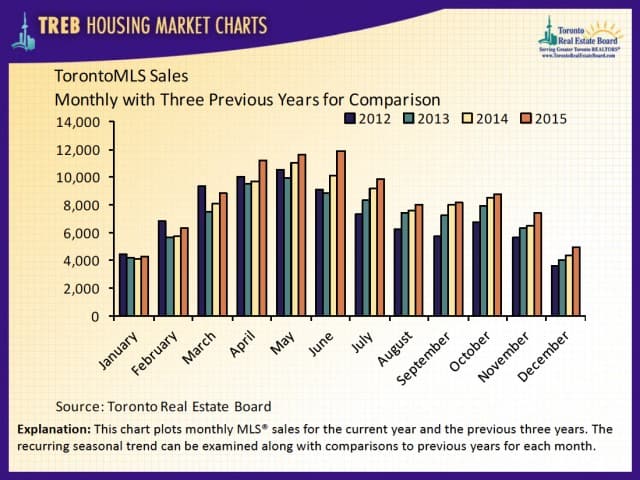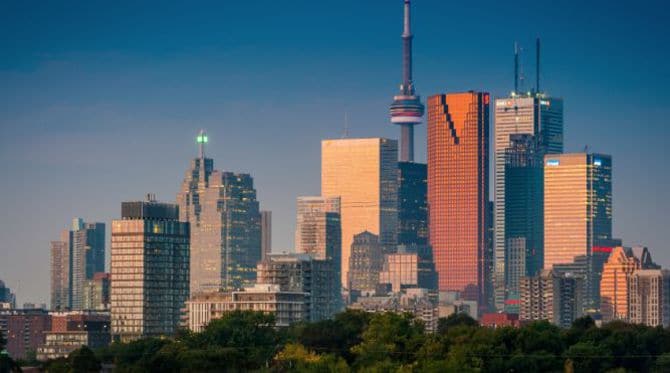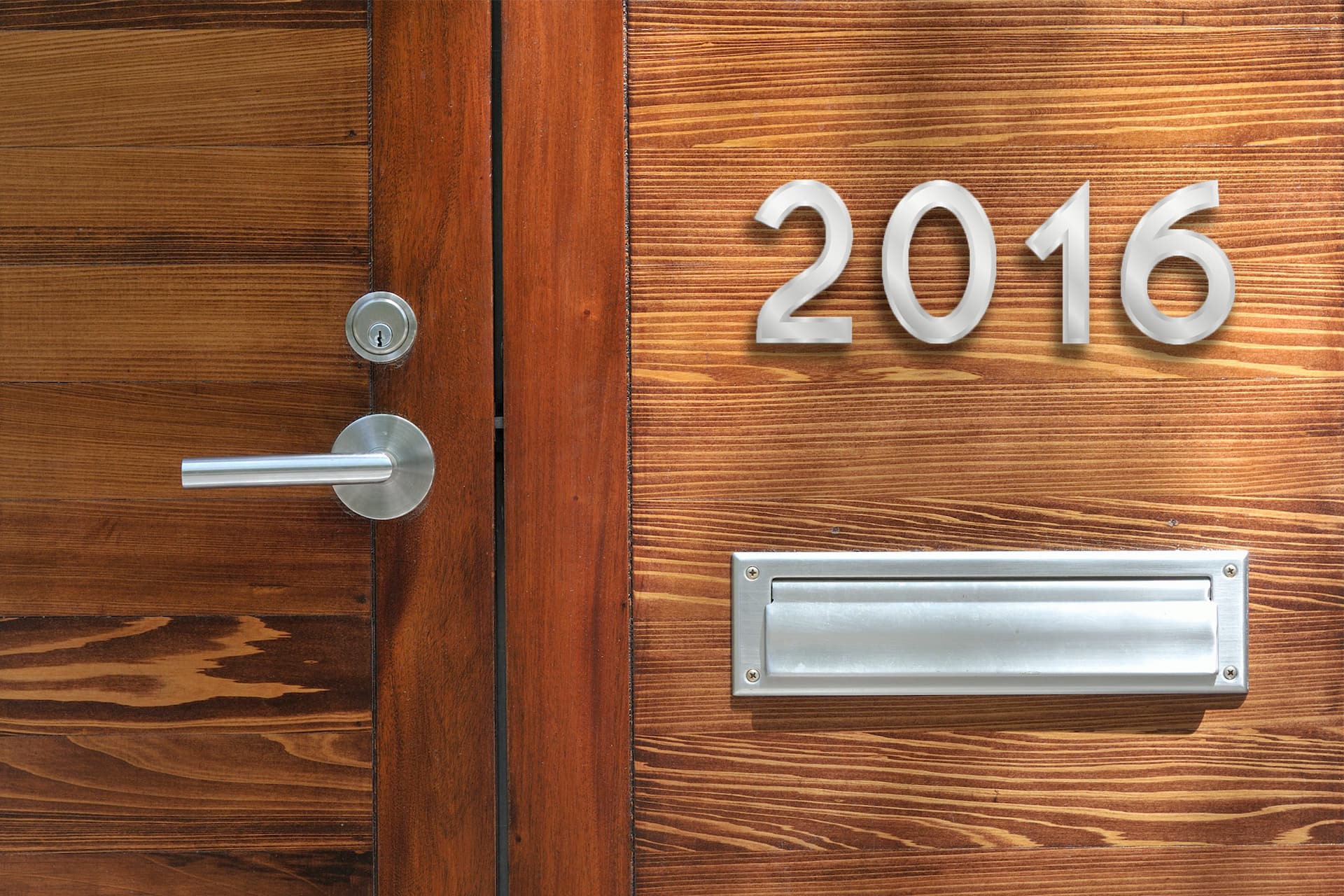In hindsight, 2015 was an impressive year for real estate in the Greater Toronto Area (GTA). The robust growth was both record-breaking and surprising. Considering the recent hits to the economy, this unrelenting upswing was indeed remarkable, and the market shows no signs of slowing as we move through 2016.
According to Sotheby’s year-end top-tier real estate report on Canada’s major metropolitan centres, the GTA and Vancouver both witnessed a substantial acceleration in sales. In the GTA, general homeownership has also increased – an undoubtedly positive trend as compared to the balanced market in Montreal, and substantial declines in Calgary.
Overall there was an astounding 11,112 properties sold across types (condos, townhouses, semi-detached, detached, etc.), a 48% increase since 2014, and a year over year increase of 38% from 2013-2014. So, what segment of the real estate market revealed the most success? Interestingly, “the strongest volume increases were experienced in real estate sales over $4 million, revealing exceptional demand for luxury real estate ”Within this segment, there was an incredible71% increase in sales in comparison to 2013-2014. In addition, “the GTA market witnessed declines in the number of days on the market and price increases particularly in the market for detached single family homes”– which were the most coveted” (Sotheby’s).
“The strongest volume increases were experienced in real estate sales over $4 million, revealing exceptional demand for luxury real estate.”


Another way to conceptualize the GTA’s market growth is to look at the average GTA home price, which has tripled since 1996 going from $198,150 to $622, 217, according to RE/MAX broker/owner Ken McLachlan and the Toronto Real Estate Board’s Historical Review. Further, most houses are selling above list price (40% of $1 million plus homes – according to Sotheby’s).So what’s driving this level of activity? In a recent interview, McLachlan suggests that we can credit a combination of low-interest rates (currently 0.5%), a population increase to 6,055,724, and immigration (with average house purchases within five years). Beyond this, an unstable stock market, the strength of the American dollar and the desire to invest in tangible entities are all likely having an impact.
Favourably, the historically low interest rates will remain at 0.5% rather than increase as previously expected, according to CBC news. Even mortgage rate hikes by RBC (3.04%) are likely to have minimal overall effects according to Brian Depratto, a TD economist, in an interview. These particular economic circumstances continue to create an ideal climate for investing in luxury real estate.
“The GTA market witnessed declines in the number of days on the market and price increases particularly in the market for detached single-family homes.”


Land prices were at an all-time high last year in the GTA and are predicted to remain this way through 2016 according to Richard Vilner of RealNet. Surging condo development is a continuing trend and mid last year “residential land purchases accounted for 27 percent of the $3.6 billion in property spending”. Developers are investing, big transactions are being made, and things are still booming, with costs having reached $64 per buildable square foot last year (Financial Post).
“Residential land purchases accounted for 27 percent of the $3.6 billion in property spending.”


All in all, one can rest assured that entering the luxury home market is a sound decision– and there is ample opportunity to build something special. Forest Hill, Lawrence Park, North York, Bayview Village, Willowdale, Richmond Hill, Markham, Stouffville, Aurora and Etobicoke are great geographic candidates for those looking to purchase land in the $1-2.5 million range, rebuild and sell down the line.

